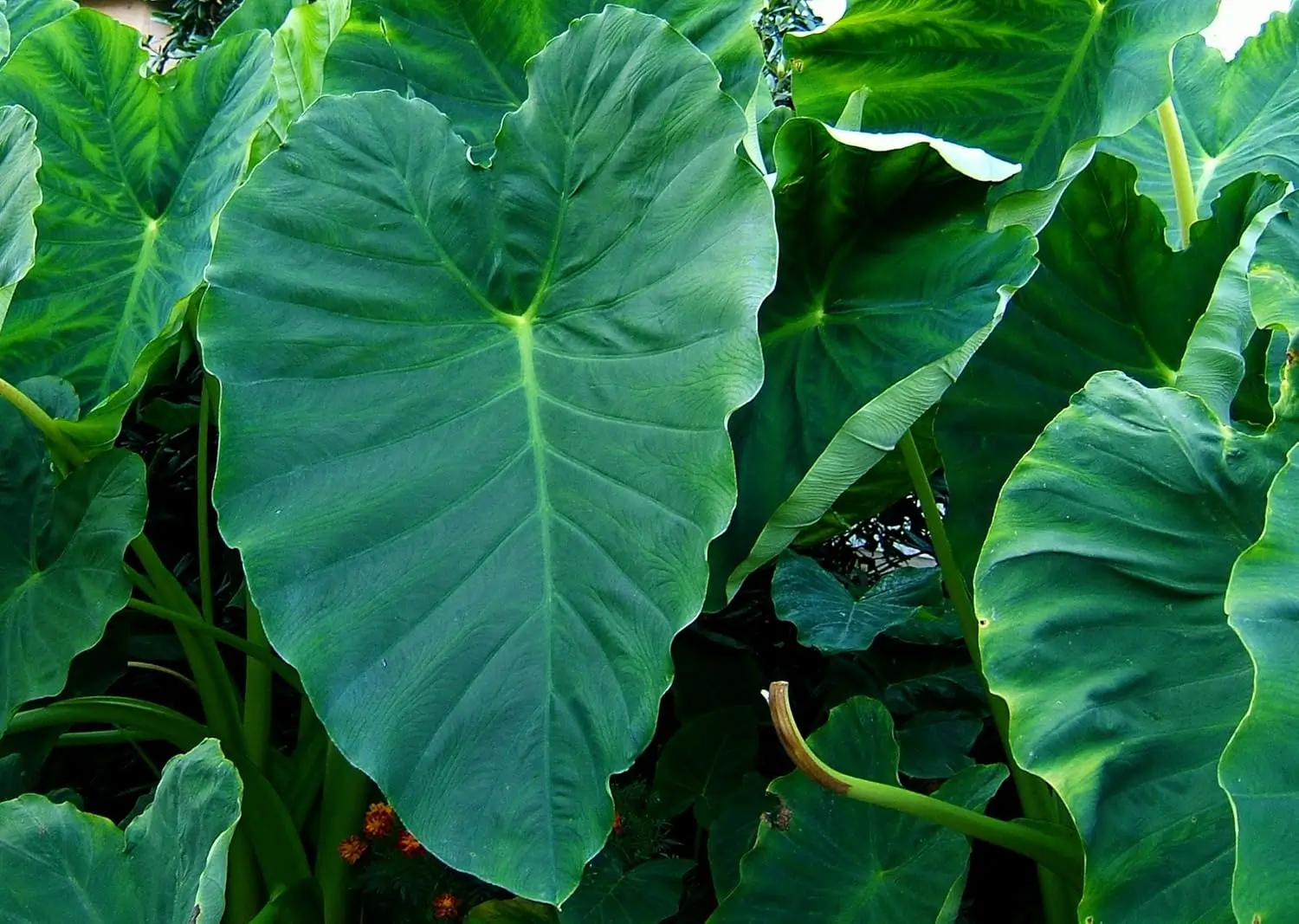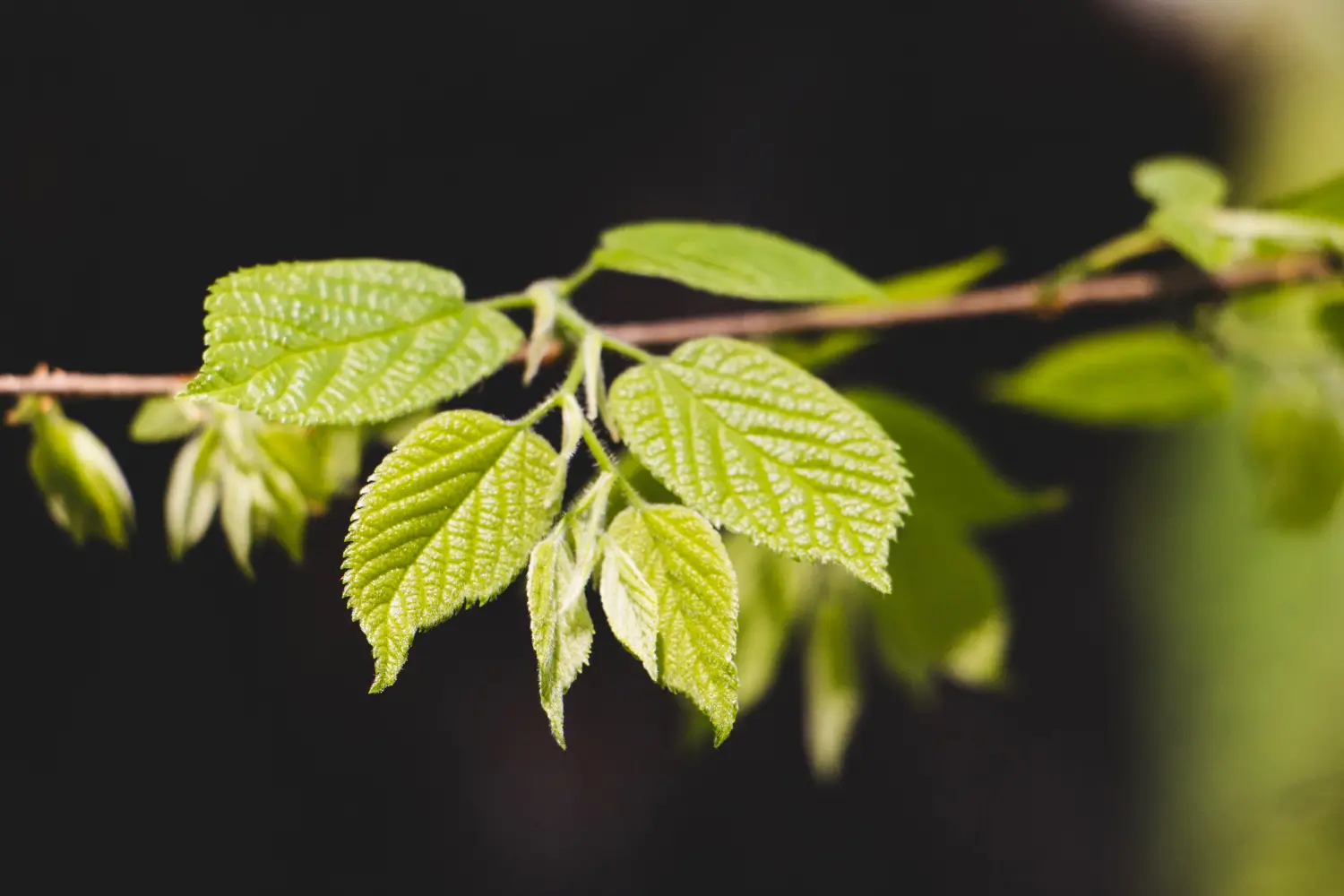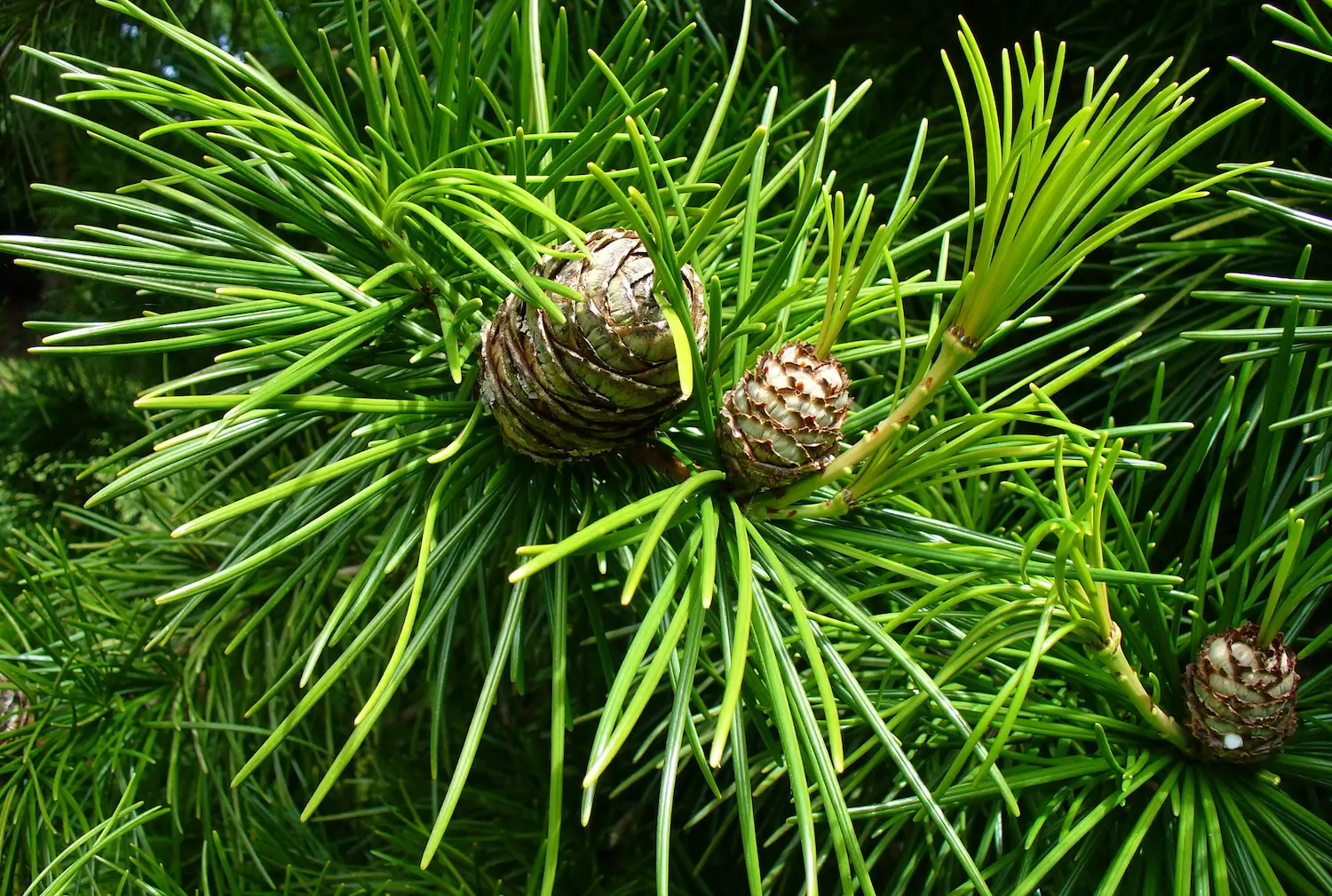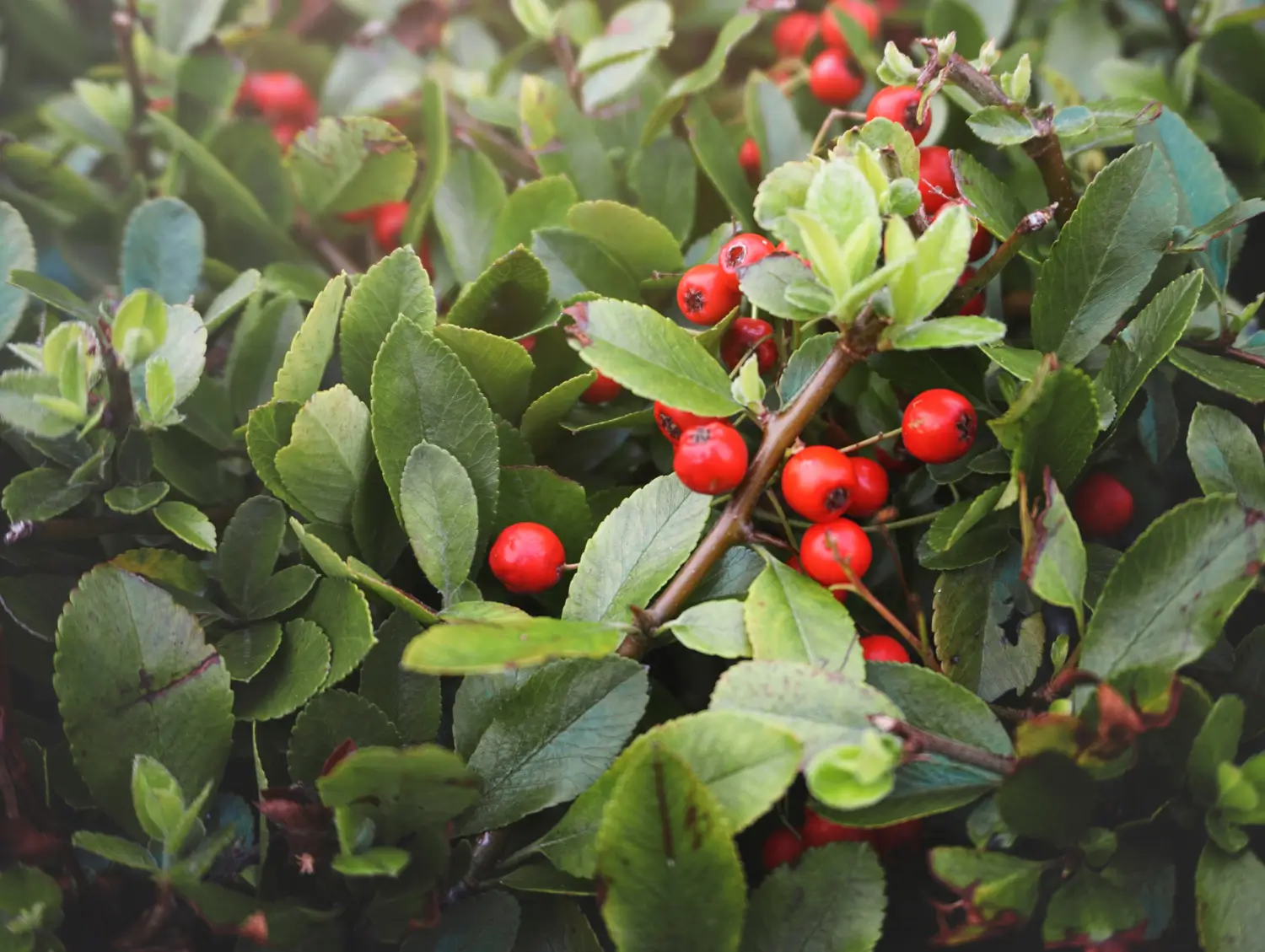
Soil Health & Fertilization
We unite suppliers and green industry professionals worldwide
Lace Aloe (Aloe aristata) is a compact, ornamental succulent known for its graceful, lace-like white markings and soft yet spiky rosettes.
By Victor Miller
|Published on June 12, 2025
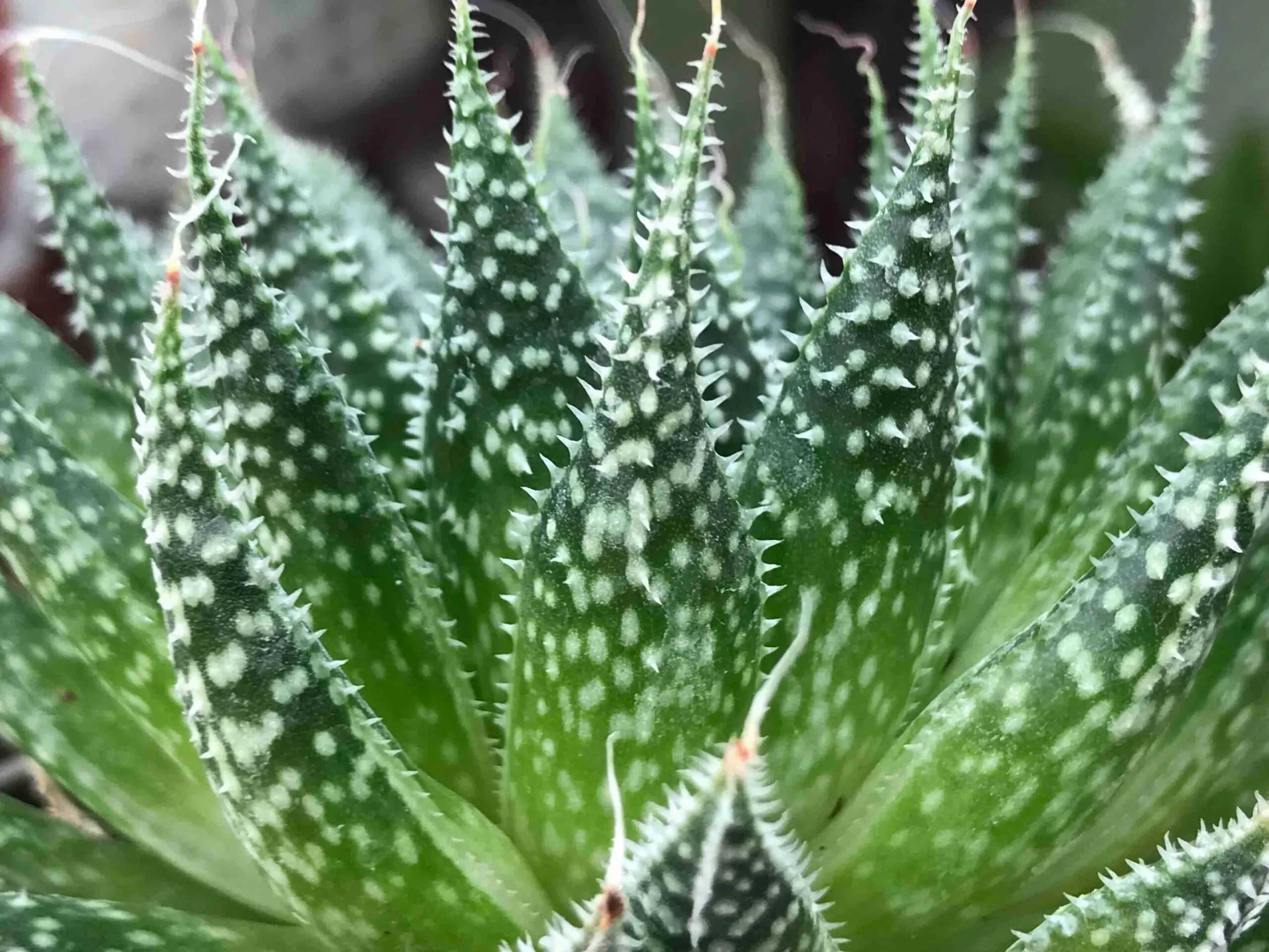

“Plants give us oxygen for the lungs and for the soul." – Terri Guillemets
Lace Aloe (Aloe aristata) is a compact, ornamental succulent known for its graceful, lace-like white markings and soft yet spiky rosettes. Despite its fragile look, this plant is very resistant, surviving in dry conditions with little care. The deep green leaves are decorated with white flecks and tiny hair-like cilia, making it a unique looking succulent.
Native to South Africa, this evergreen perennial is often confused with the more widely-known Aloe Vera. However, Lace Aloe has a denser, more compact growth habit and produces vibrant, orange-red flowers on tall stems when mature. They are superb additions to indoor collections, rock gardens, and container displays and always bring an aura of refinement to their surroundings.
If you are looking for an easy-care plant that survives through neglect and gives you year-round beauty, then Lace Aloe is ideal for you.
| Common Name | Lace Aloe |
| Scientific Name | Aloe aristata |
| Type | Succulent |
| Height | 6-8 inches |
| Spread | Up to 12 inches |
| Bloom Period | Late spring to early summer |
| Flower Color | Orange-red |
| Light Requirements | Full sun to partial shade |
| Soil Requirements | Good-draining, sandy or cactus soil |
| Toxicity | Safe for humans and animal |

September 25, 2025
9 minute read
September 24, 2025
9 minute read
September 23, 2025
10 minute read
September 22, 2025
9 minute read


Join as a seller and connect with thousands of B2B buyers nationwide!
Sign Up
Lace Aloe is a low-maintenance, drought-tolerant succulent that thrives with minimal effort. A bright light, good draining soil and regular watering will keep it happy for years.
Bright, indirect sunlight works best for this succulent. If you’re growing this indoors, put it in a south- or west-facing window with at least 4–6 hours of sun a day. Outdoors, it likes full sun, but some afternoon shade helps avoid scorching in very hot areas.
Proper drainage is essential. Lace Aloe does best in a sandy or cactus mix that will allow for plenty of drainage and quick water evaporation to prevent root rot. If you are using plain potting soil, add sand or perlite to enhance aeration. Do not use heavy soil which retains moisture.
Watering should be deep but not frequent. During the warmer months, water once every two to three weeks, letting the soil completely dry out between waterings. Only water once a month or even less during winter dormancy. Overwatering is the most common cause of plant decline.
Lace Aloe does not need a lot of pruning, but some periodic maintenance will ensure it stays looking tidy and healthy.
Remove any dead or damaged leaves to the base of the plant to encourage new growth. If flower stalks do form, cut them back after they bloom to refocus the plant’s energy toward producing foliage again. Unlike some succulents, Lace Aloe does not become leggy — and therefore doesn’t require pruning in the same way that other plants do — so pruning is primarily for aesthetic purposes.
Lace Aloe reproduces naturally through offsets, small baby plants that grow around the base of the mother plant. Propagation is simple and guarantees a constancy of new plants.
Lace Aloe does quite well in pots making it great for indoor growing or other small outdoor spaces. When growing in pots:
Since Lace Aloe is not frost tolerant, it needs protection in cold climates where temperatures go under 40°F (4°C).
Lace Aloe bears tubular orange-red flowers atop tall stems in the late spring or summer, though only mature plants are likely to flower regularly each year.
To encourage blooming:
The Lace Aloe is pretty resilient, but it can have a few issues:
Lace Aloe is a striking yet easy-care succulent that thrives in bright light, minimal water, and well-draining soil. Cultivated indoors or out, it adds a special element to any plant collection with its variegated leaf markings and seasonal flowers. With minimal attention, this hardy, drought-tolerant succulent will repay you with its elegance and resilience for years.
Water every 2-3 weeks in summer, once a month in winter, ensuring the soil dries out completely between waterings.
It likes bright, indirect sunlight and will have trouble if low-light conditions are more the norm, resulting in slower growth and fewer blooms.
It could be caused by sunburn, overwatering, or underwatering. Evaluate the environment and modify care as needed.
No, Lace Aloe is non-toxic to pets and human, so it is a safe to include in a home where there are animals.
Fertilizing is not essential, but can promote growth. Best results can be obtained by using a diluted cactus fertilizer in spring and summer.

Soil Health & Fertilization
Victor Miller

Pest Identification & Prevention
Victor Miller

Lawn Care Tips & Maintenance
Victor Miller

Soil Health & Fertilization
Victor Miller

Smart Irrigation Systems
Victor Miller

Patios, Walkways & Driveways
Victor Miller

Soil Health & Fertilization
Victor Miller

Pest Identification & Prevention
Victor Miller
My Account
Our team is always here to help.
We are open Monday - Friday, 9:00 AM to 4:30 PM PST.
